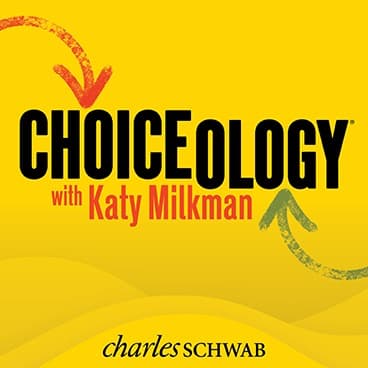What's the Big Idea? With Guests Robert Rydell and Don Moore
When young children imagine their future lives, they're often very optimistic. They'll say things like "I'm going to be an astronaut!" or "When I grow up, I want to be a movie star!" These outcomes are, of course, quite rare. Most children will grow into slightly less exotic careers as adults. But even as adults, we tend toward personal optimism. We assume that we will outlive the average person, that we will remain in better health than the average person, and that our children will be above average in school or in sports. Of course, we can't all be above average.
In this episode of Choiceology with Katy Milkman, we look at the mistakes we make when we assume we're less susceptible to failure or negative outcomes than are other people.
World's Fairs are large scale events requiring an immense amount of planning and organization. And while there have been many memorable and successful fairs, there have also been many expensive failures. Robert Rydell tells the story of the 1926 Sesquicentennial International Exposition in Philadelphia. Organizers were certain that they could mount a spectacular event, one that would transform their city and burnish its reputation around the world. But international events, poor weather, local politics, and the death of one of the key planners would conspire to make this a fair to remember, for all the wrong reasons.
Robert Rydell is a professor of American Studies at Montana State University and the author of All the World's a Fair: Visions of Empire at American International Expositions, 1876-1916.
Next, Don Moore joins Katy to discuss the ways in which overconfidence, overplacement, and overprecision can cloud your judgement, even though it may make you feel better about yourself and your abilities.
Don Moore is the Lorraine Tyson Mitchell Chair in Leadership and Communication at the UC Berkeley Haas School of Business and serves as associate dean for academic affairs. He is also the author of the book Perfectly Confident: How to Calibrate Your Decisions Wisely.
Finally, Katy offers advice on using base rates to help offset over-optimism when it comes to planning events, starting a business, getting married, or renovating your home.
Choiceology is an original podcast from Charles Schwab.
If you enjoy the show, please leave a rating or review on Apple Podcasts.
Learn more about behavioral finance.
All expressions of opinion are subject to change without notice in reaction to shifting market conditions.
The comments, views, and opinions expressed in the presentation are those of the speakers and do not necessarily represent the views of Charles Schwab.
Data contained herein from third-party providers is obtained from what are considered reliable sources. However, its accuracy, completeness or reliability cannot be guaranteed.
The book How to Change: The Science of Getting from Where You Are to Where You Want to Be is not affiliated with, sponsored by, or endorsed by Charles Schwab & Co., Inc. (CS&Co.). Charles Schwab & Co., Inc. (CS&Co.) has not reviewed the book and makes no representations about its content.



